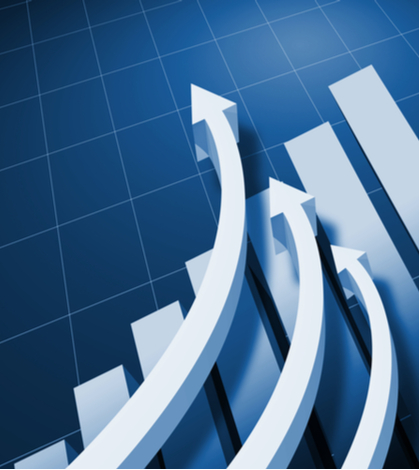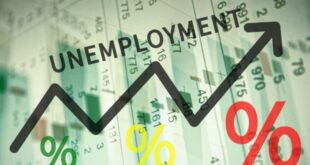Possible trade wars are the closest thing to a cloud on the economic horizon. More slow but steady growth in business activity, a pattern that’s been in place for several years, is the likely scenario for the next 12 months.
How is the Inland Empire economy likely to perform in 2020?
It will continue to grow, but probably not as much as it has grown recently, according to the forecast released in November by the UC Riverside School of Business Center for Economic Forecasting and Development.
Speaking to local public and private sector dignitaries at the Riverside Convention Center, economist Christopher Thornberg dismissed talk of a recession and predicted that 2020 will be another solid year in Riverside County, with logistics and health care again expedited to again lead the way in job creation.
“The IE economy has been gaining momentum in recent years and although there has been a slowdown, based on everything we see happening today, all the handwringing over a coming recession is just that,” Thornberg said. “Nothing on the horizon would have a big enough or rapid enough impact to knock the region into a downturn.”
Thornberg, director of the business center and one of the forecast’s authors, allowed for possibility of an “unseen impact” on the global or national economy, and said that the Inland and California economies are both being held back by a severe housing shortage.
Nevertheless, the latest Inland Empire Business Activity Index, which the business center publishes quarterly, predicts economic growth between 1.9 percent and 2.4 percent during the upcoming year.
To put the index’s numbers in perspective, the number of businesses in Riverside and San Bernardino counties grew by 11.1 percent between 2011 and 2016, according to the UC Riverside business center.
That surpassed California’s 8.6 percent business growth rate during that time.
The index also struck a cautionary note, saying high housing costs and a dwindling labor supply could hurt the Inland region in years to come.
The Inland economy isn’t likely to grow as fast in 2020 as it has in recent years, although it will grow and remain healthy during that time, another local economist said.
“I think the people at UCR got this one right,” said Jay Prag, associate professor of economics at the Drucker School of Management at Claremont Graduate University. “I think we’ll see some slowdown in trade, mostly because of the situation with China, and because the national economy will probably slow a little.
“But combined, that won’t amount to much. Overall, I see the Inland Empire economy growing next year. I’d say I’m cautiously optimistic.”
Even the 2020 election is not likely to change things much, Prag said.
“I think there’s a decent chance that the current political arrangement in Washington D.C. will remain the same, and that will be good for the economy and the stock market,” Prag said. “What we have to keep an eye on is trade, and possibility of a trade war. The Inland Empire economy has been growing mostly because of trade, and that is the most uncertain part of the [national] economy right now.”
The Inland economy’s growth is likely to slow somewhat in 2020, said Robert Kleinhenz an economic consultant who until recently was an economist with the UC Riverside business center and Beacon Economics in Los Angeles.
“I think we’re looking at growth in the range of one and a half percent, which is not what we’ve had recently but it’s still good,” Kleinhenz said.” The Federal Reserve cut interest rates slightly earlier this year, and that helped a lot. It gave the stock market and the bond market some breathing room.”
Unlike some California submarkets, the Inland region is still feeling the affects of the Great Recession, which officially ended about 10 years ago.
“The Inland Empire was hit a lot harder than other areas,” Kleinhenz said. “It’s come back, but it’s been a slow recovery, which is one reason we aren’t seeing signs of a recession. There’s still a lot of volatility in the Inland Empire economy.”
The growth in activity at Ontario International Airport – passenger traffic was up 8.3 percent year-over-year during the first 10 months of this year – is giving the Inland economy a boost, and that trend should continue into 2020, said Michael Krouse, president and chief executive officer of the Greater Ontario Convention & Visitors Bureau.
“The convention center will be about 80 percent full next year, which is about eight percent above the industry average,” Krouse said. “We have eight more concerts booked next year, and we’re going to have more than 300 active days, which is busy. Our biggest issue now is finding employees. We have about 1,200 now and we’re looking to hire a lot more.”
Those numbers are likely to hold up unless something drastic happens, Krouse said.
“People are still traveling and spending money,” Krouse said. “2020 should be a strong year.”
 IE Business Daily Business news for the Inland Empire.
IE Business Daily Business news for the Inland Empire.


